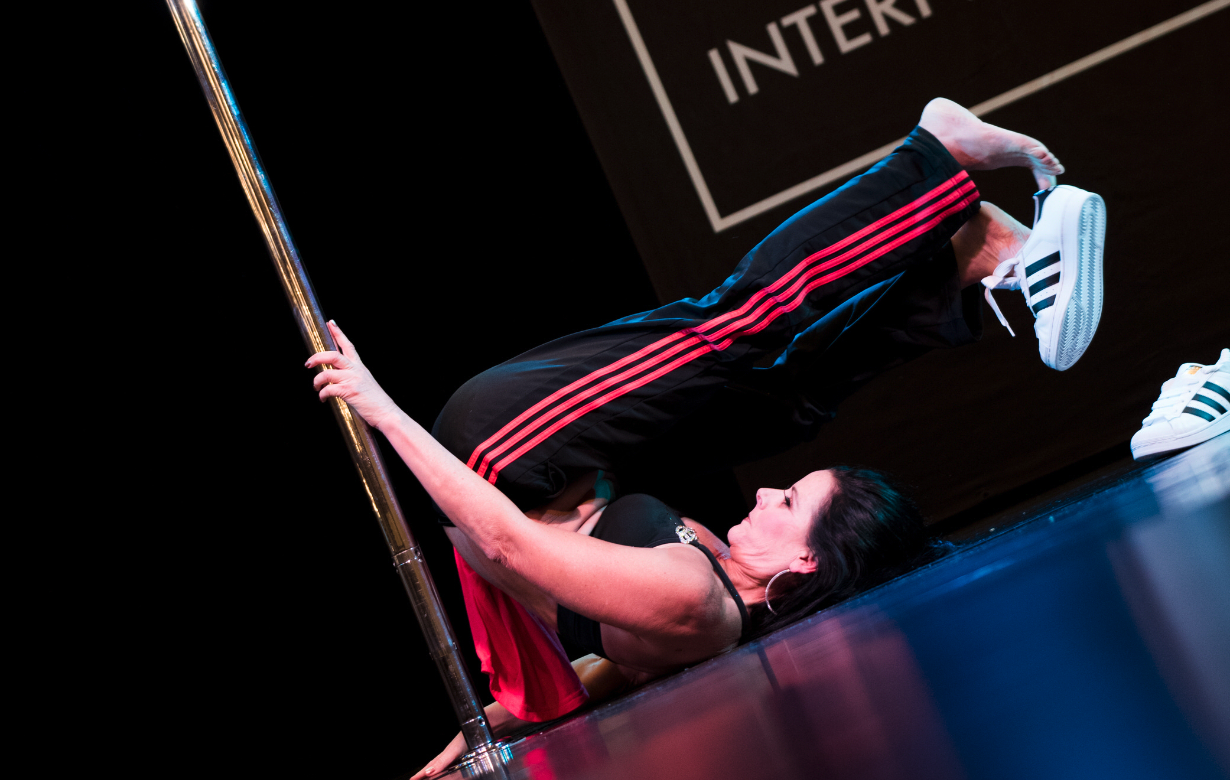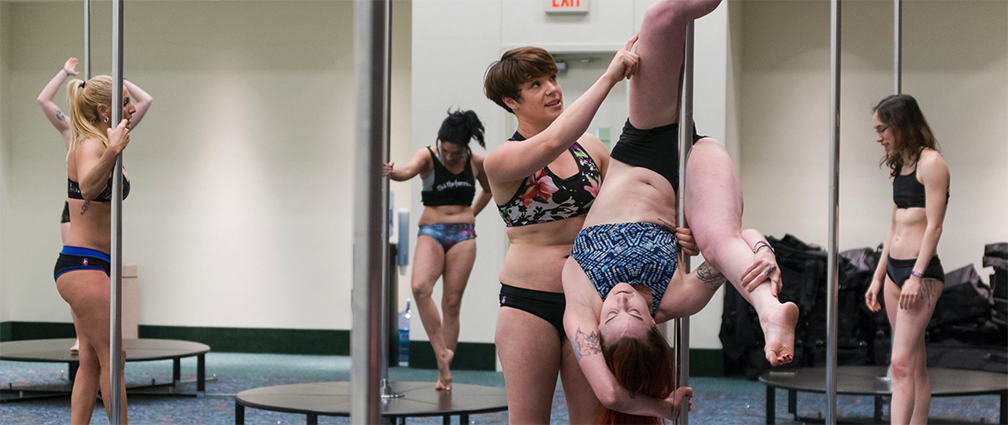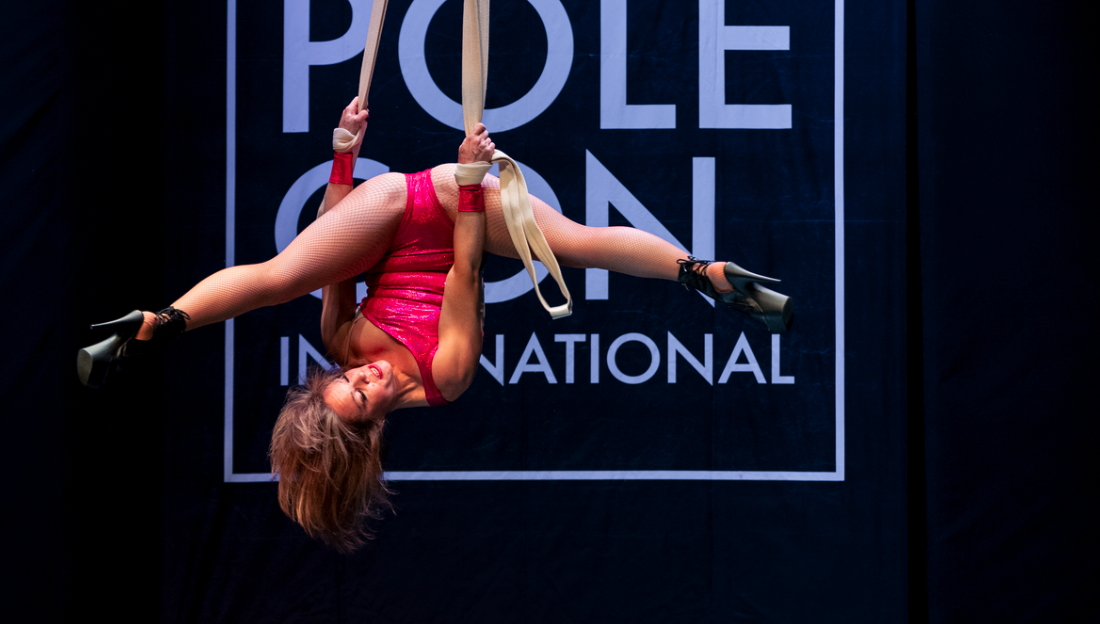I asked this a few weeks ago via social media and many people had some…

What are your nerves and why should you care?
Nerves are cord or string-like structures that carry information around your body. They are comprised of neurons that are protected in layers of tissue collectively known as a “sheath.” The information nerves carry might be motor control related, like moving your arm, or sensory based, such as the feeling of pain after stubbing your toe, or a mixture of both.
Most importantly from a movement perspective, nerves tell our muscles what to do. Any decrease in information from our nerves can make it more difficult to get the response we expect from our muscles. That could translate into a movement generating an unsafe feeling or an impression that the body “just won’t go.”
How do you take care of your nerves?
Sometimes, the protective sheath for our nerves gets compressed through chronic movements (or lack of movement) or from an acute injury or trauma. This can cause a “pinched,” compressed, or otherwise damaged nerve. Imagine trying to thread a string through a pasta noodle. Before the noodle is cooked, this can be pretty easy. Once the noodle is cooked and softens, it gets a lot more challenging! Pinched nerves can cause pain or restriction depending on where they are in your body and can also contribute to headaches, numbness, or tinglingly sensations in body parts that persist even if you aren’t moving.
Sciatica, carpal tunnel, piriformis syndrome, and thoracic outlet syndrome are all issues that are related to nerve compression. These can all be improved with a technique known as nerve gliding or flossing. Even if you don’t have any diagnosed nerve conditions, you still may have nerve tension or compression that could benefit from keeping your nerves moving freely—especially if you’ve ever felt the sensation that your body part just “wouldn’t go” as you ask it to move into a new range of motion and otherwise don’t feel any stretching sensation.
Nerve glides or nerve flossing is a specific set of simple and repetitive movements that gently increase mobility by encouraging the nerves to slide normally. Often, during these types of motions, we may feel a tingly sensation anywhere along the length of the nerve being “flossed.” This sensation decreases as range of motion improves.
Your nerves also respond well to focusing on your breath. When we move into ranges of motion or try new movements that we are uncomfortable with, it is common for us to hold our breath. We’re often trying to hyper focus on the new task at hand but what that tells our body is that we’re scared or stressed and to discourage unnecessary movement. This can happen while we’re trying to slide deeper into our splits or even when we’re reading our email. Our breath tells our nerves to “lock it down” and the nerves say: “aye aye, captain!” and then lock down the muscles.
Paying attention to your breath when doing movements can help you learn to breath more deeply. Integrating specific times to inhale and exhale when you do specific movements can also help. Think about breathing in before you sit down in a chair and then breathing out as you sit in the chair.
Nerve Glide Activity—Shoulder Nerve Glide
Goal: release tension in the arms and shoulders.
Why: the nerves that control our arms, wrists and fingers all originate in the neck. Constantly holding the neck in one place or squishing one side from holding a phone in our neck or using our “mouse” in a non-ergonomic way can all contribute to tension in your nerves. Your stiff shoulder might not be muscular it all but nerve-based tension.
- From Seated Posture, straighten your arms by your side.
- Flex one wrist.
- Tilt your head in the opposite direction, ear “listening” to shoulder.
- Slightly externally rotate the shoulder of the flexed wrist.
- Begin to rotate that wrist (“wax on, wax off”). Keep your elbow straight as you slowly lift your arm while still rotating until your hand is in line with your shoulder.
- Stop rotating the wrist, keep your wrist flexed and shoulder externally rotated, and pulse your arm back behind you 3 times, like you’re reaching for something in the back seat of your car.
- Stop pulsing and slowly bring your arm down, un flex your wrist, tilt your head to the other side, flex your other wrist and repeat.
Note: You may feel tingling or other “weird” sensations anywhere from your fingertips, up your arms and shoulders all the way to your ear. This sensation may be different on each side. This is normal. Many people report feeling this more intently on their “mouse” arm.
Learn more:
Email Apnea: https://www.huffpost.com/entry/just-breathe-building-the_b_85651 and https://lindastone.net/2014/11/24/are-you-breathing-do-you-have-email-apnea/
Latest posts by Colleen (see all)
- Interview with New PoleCon Instructor: Stephanie Tallant - April 19, 2024
- What makes a “good” pole dance teacher? - April 12, 2024
- PoleCon Exhibitor Spotlight: Synchronicity Active - April 5, 2024


